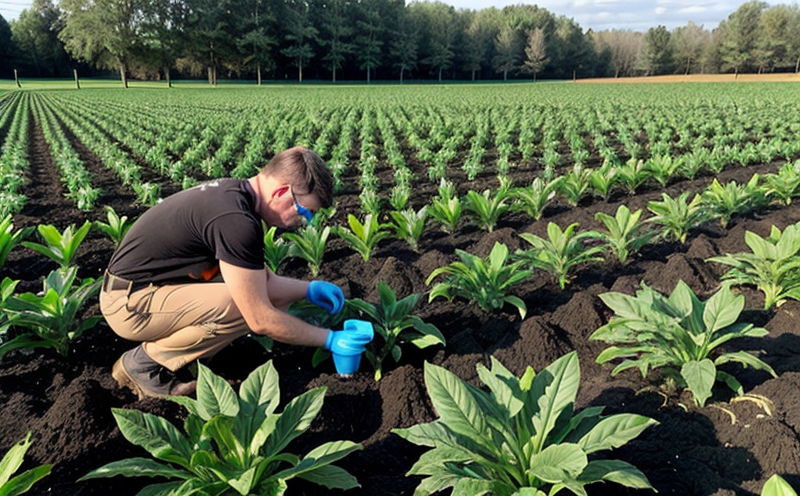Boron Content Testing in Fertilizers
The Boron Content Testing service is critical for ensuring that fertilizers meet specified nutrient content requirements, which directly impacts soil health and crop yield. In agriculture and forestry testing, accurate determination of boron levels ensures optimal plant growth and prevents deficiencies or toxicities.
Boron plays a key role in several enzymatic reactions within plants such as cell wall formation, sugar transport, and protein synthesis. Therefore, when dealing with fertilizers, it is essential to accurately measure the boron content to avoid over- or under-application of this nutrient. Overapplication can lead to phytotoxicity, while insufficient amounts may result in poor plant growth.
The testing process involves a precise sample preparation followed by analysis using advanced spectroscopic methods like Inductively Coupled Plasma Mass Spectrometry (ICP-MS). This method allows for highly accurate and sensitive detection of boron at parts per million levels, ensuring compliance with international standards such as ISO 16725.
Our laboratory adheres to stringent quality control procedures to ensure reliable results. Our team of experts utilizes state-of-the-art equipment and follows strict protocols to deliver consistent and accurate measurements. Compliance officers can trust that our tests will help them maintain regulatory compliance, while R&D engineers can rely on precise data for product development.
For procurement teams, knowing the boron content is crucial when selecting fertilizers. This information helps in making informed decisions about supplier reliability and cost-effectiveness, ensuring that the purchased products meet quality standards.
Scope and Methodology
| Sample Preparation | Instrumentation Used | Test Procedure | Acceptance Criteria |
|---|---|---|---|
| Dilution of fertilizer samples to appropriate concentrations. | Inductively Coupled Plasma Mass Spectrometer (ICP-MS). | Samples are introduced into the ICP-MS, where they are atomized and ionized. The ions are then separated by mass and counted using a mass spectrometer. | Boron content must fall within specified limits set by international standards such as ISO 16725 or local regulatory bodies. |





